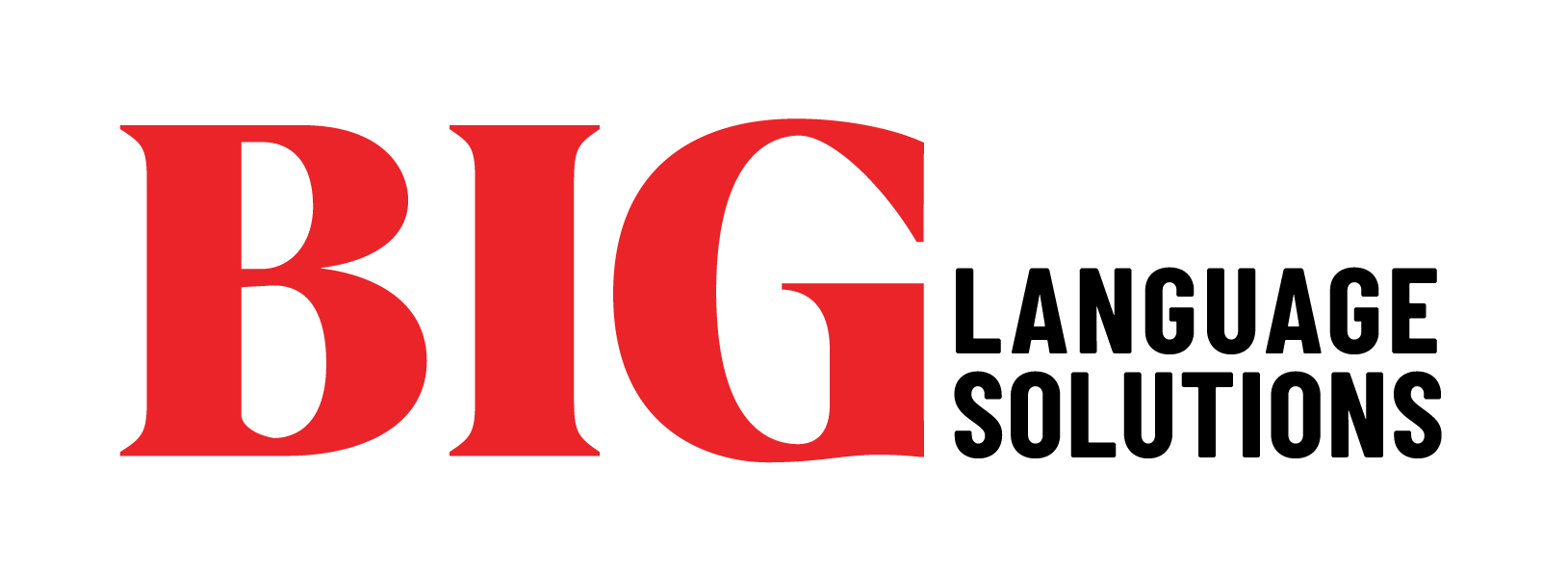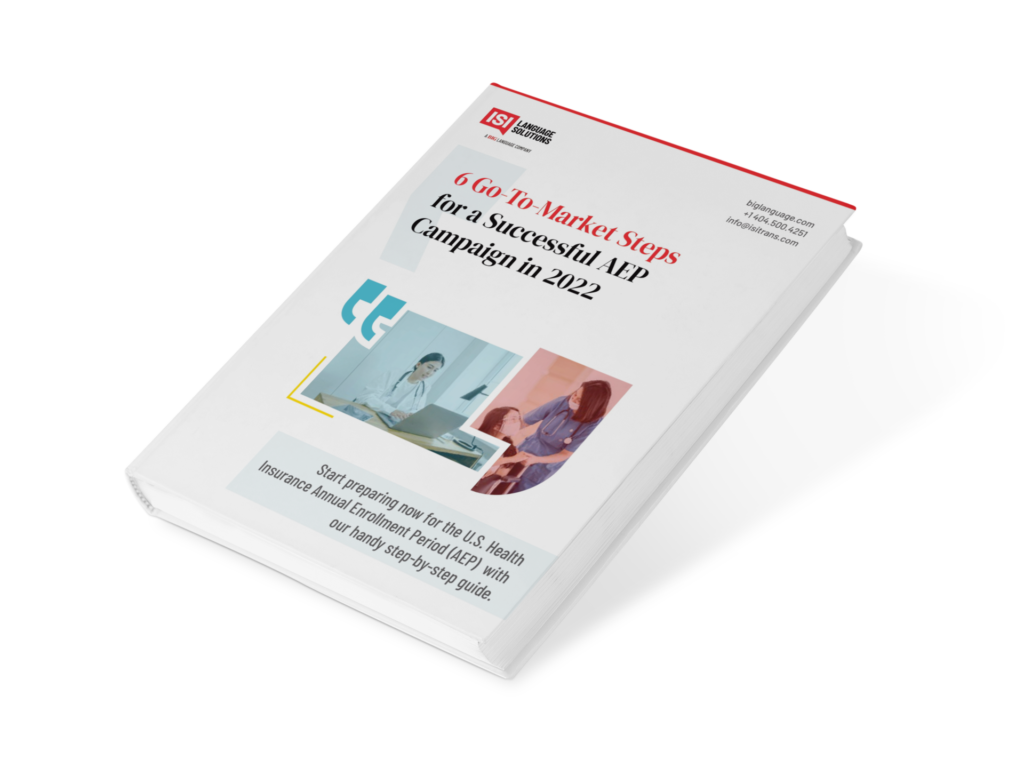When you work with a language service provider (LSP), your business needs assurances that your vendor can ensure data security and confidentiality, uphold compliance standards, and offer consistent service availability. Many LSPs will promise this level of service. As a client, one of the best ways to evaluate a vendor’s ability to deliver data security is through a SOC 2 Type 2 report (sometimes also written as Type II).
While this type of report might seem interchangeable with a SOC 1 report, each report and type offers specific auditing criteria designed to address certain types of service offerings and issues a customer may face.
As you seek out an LSP to handle your translation and localization needs, it’s important to find a provider that can verify their claims about security via a SOC 2 report. Here’s a look at the key information detailed in SOC reports.
What is the difference between SOC 1 and SOC 2 reports?
A SOC 1 report is specifically concerned with the internal controls placed on financial reporting for a business or corporation, particularly with regards to the business processes and information technology used to conduct and manage this reporting. While this offers important process validation and transparency in those use cases, these insights don’t offer much value for companies vetting an LSP before adding them as a vendor.
SOC 2 reports—both Type I and Type II—specifically address issues related to security, availability, processing integrity, confidentiality, and privacy. This information is highly relevant to companies seeking an LSP for translating sensitive information. For companies within Financial Services, Healthcare, Legal, Manufacturing, and other highly-regulated industries, the stakes are high when sharing client info, confidential information, contracts, and trade secrets with an LSP over emails or another cloud-based platform.
What about Type 1 and Type 2?
While the distinction between SOC 1 and SOC 2 deals with scope, the differentiator between Type 1 and Type 2 reports is time. For both SOC 1 and SOC 2 reports, Type 1 audits procedures and practices at a given point in time. By contrast, Type 2 audits a six-month period or longer, offering much more thorough insight into ongoing practices and infrastructure.
That said, if you’re attempting to evaluate an organization’s day-to-day practices, a Type 2 report offers a more comprehensive picture.
What information does a SOC 2 Type 2 report include?
A SOC 2 Type 2 report details audited information related to five key categories: security, privacy, confidentiality, availability, and data processing integrity. Typically, this report will be broken down into seven parts:
- Assertion: Provides a high-level description of the service provider’s system controls.
- Independent Service Auditor’s Report: This summarizes the success with which the service provider’s system controls are able to meet the report’s criteria.
- System Overview: A brief overview of the service organization’s background in the industry.
- Infrastructure: This section details the software, procedures, data management tools, and personnel involved in managing these internal processes.
- Relevant Aspects of Controls: This section explains how internal work environments are controlled to assess and minimize risk and ensure consistent control management.
- Complementary User-Entity Controls: This includes the user or client-facing controls that are required to meet control objectives.
- Trust Services Criteria, Related Controls, and Test of Controls: The final section of this report reviews the testing progress and the degree to which those controls are able to meet pre-established criteria.
Why your LSP should have a SOC 2 Type 2 report
A SOC 2 Type 2 report is extremely valuable to any business looking to hire a security-first LSP. Through this report, you can quickly review a third-party audit of the company’s internal oversight, including the internal governance and risk management processes already at work, as well as the company’s success in meeting regulatory oversight demands.
Through this report, your business can enter into a relationship with an LSP with confidence in the internal processes supporting its client services. This can streamline services while also reducing your risk of being victimized by a data breach or other cyberattacks.
Next time your business approaches a new vendor for language service needs, remember to ask, “where’s your SOC 2 Type 2 report?”








